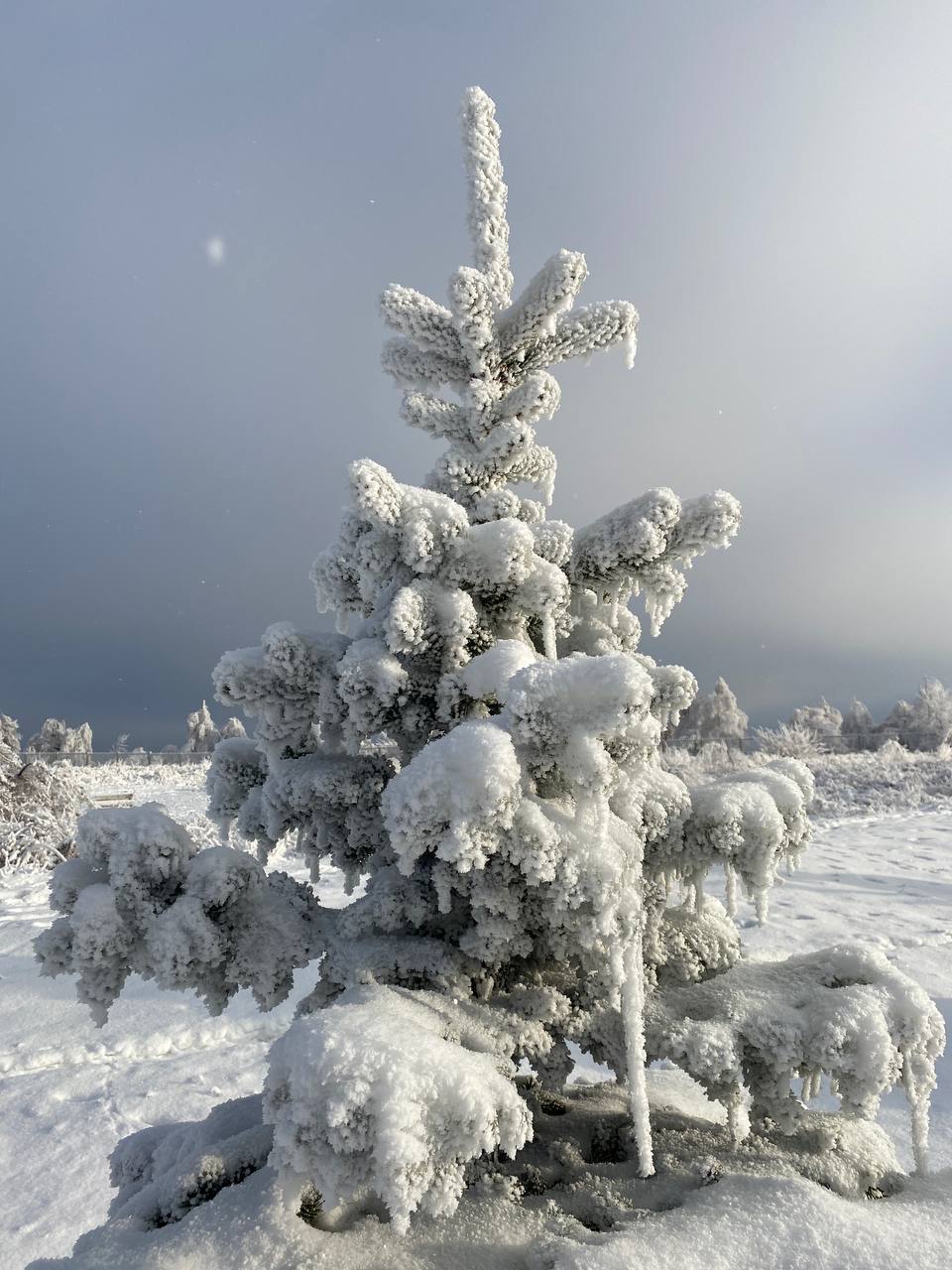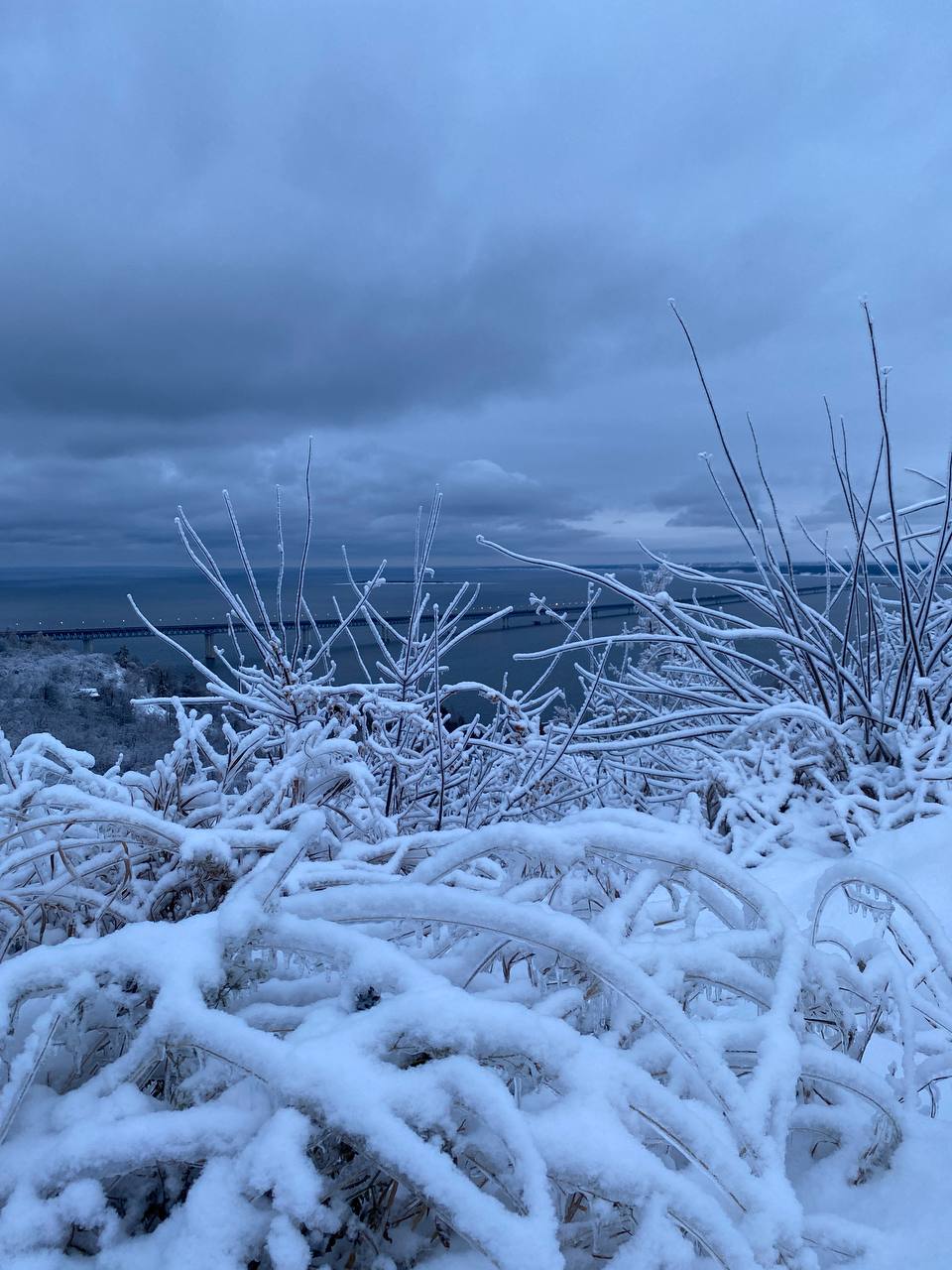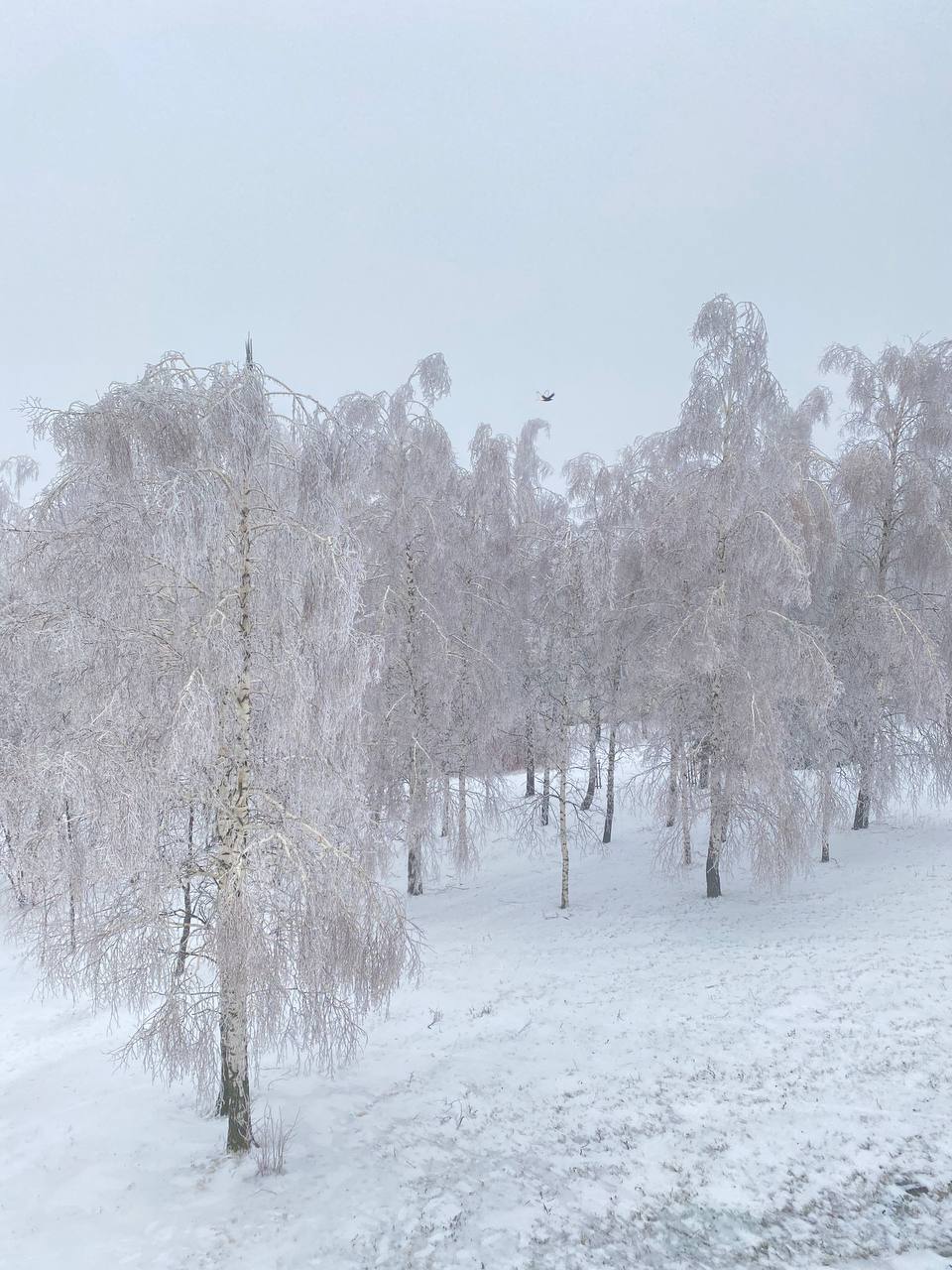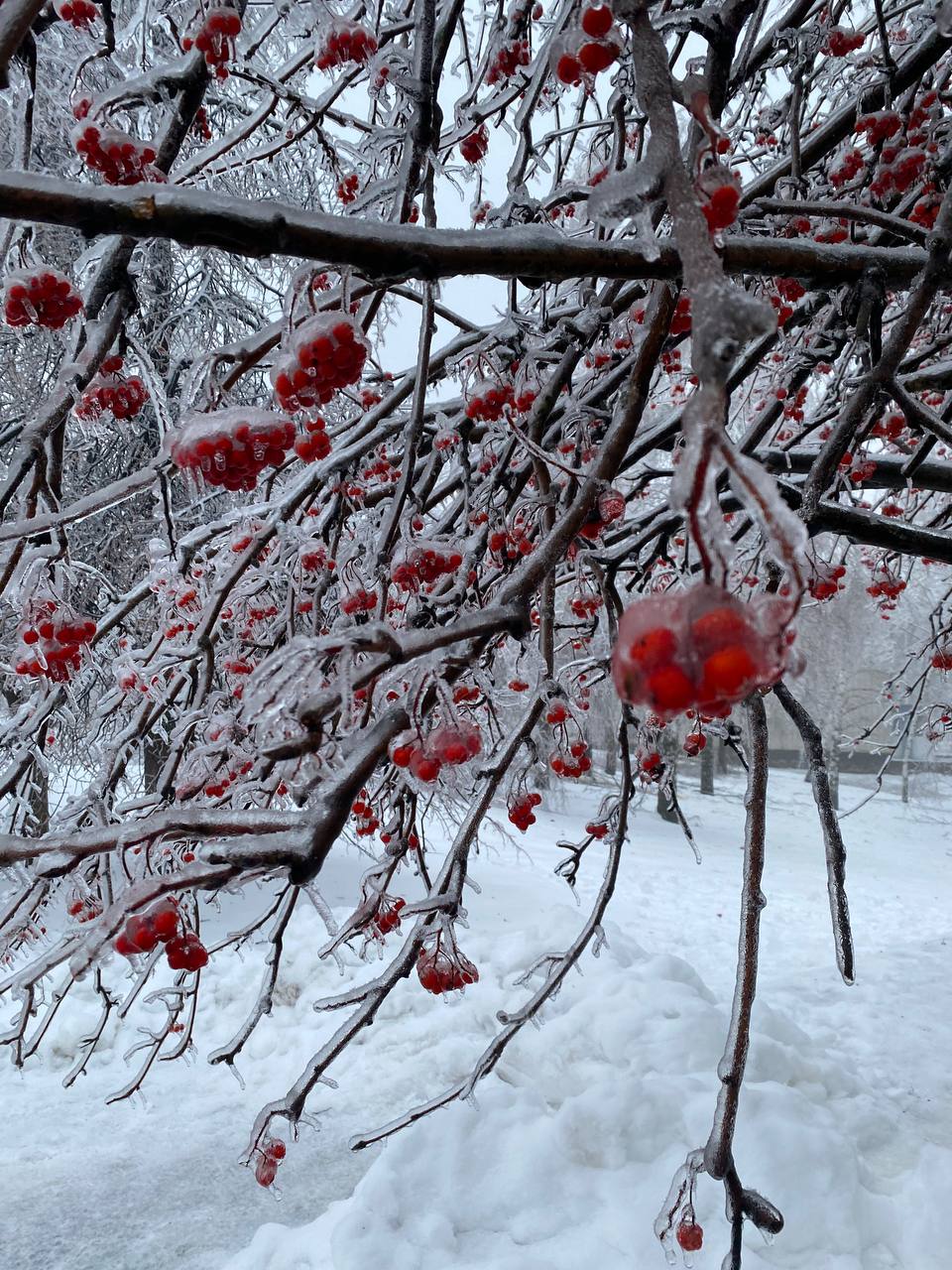10 facts about snow
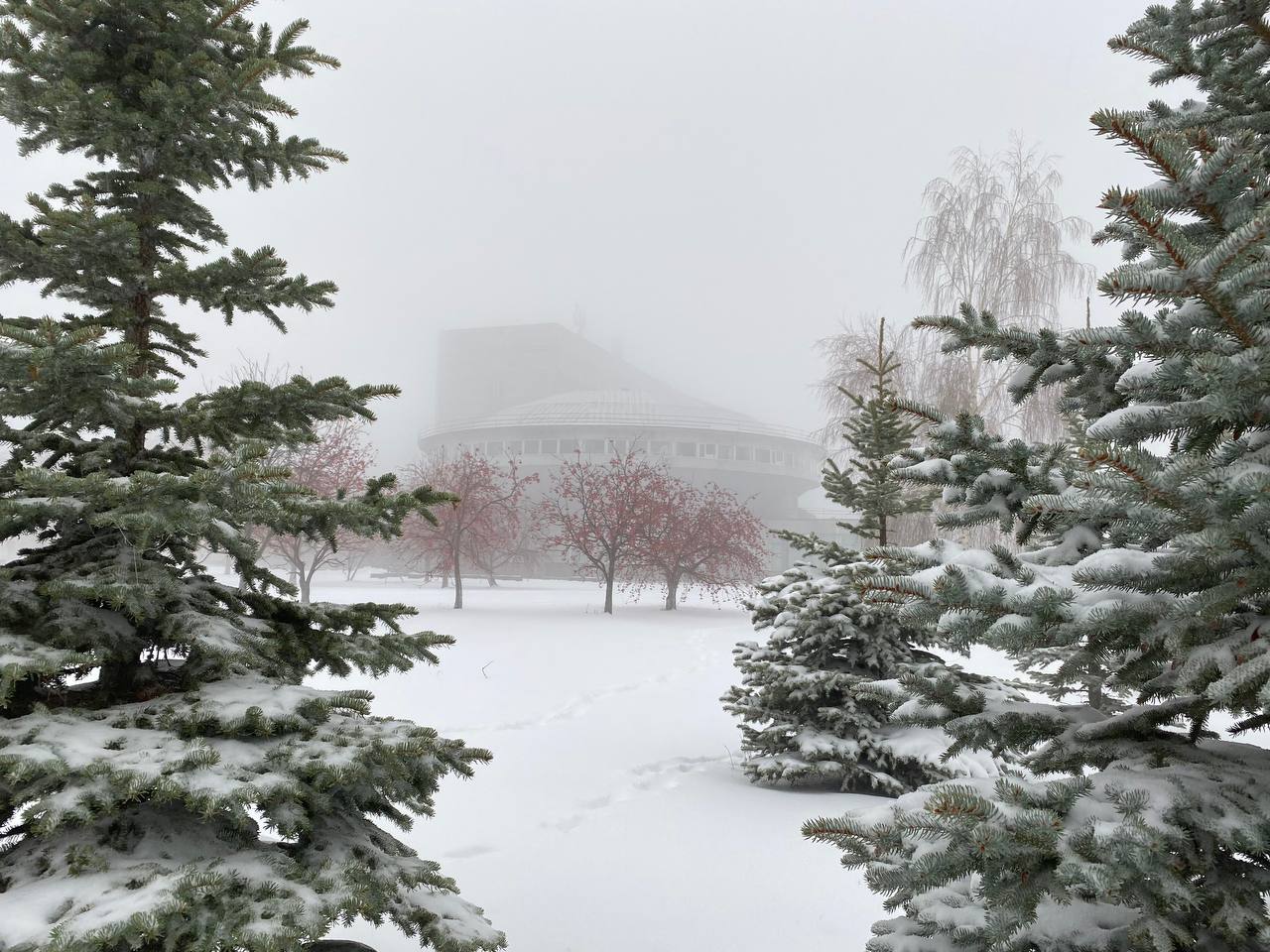
10 facts about snow
1. Not everyone on our planet has seen snow.
About 50% of the world's population is unfamiliar with snow.
2. Snow is considered a mineral
Snow is made up of frozen water, or ice. Ice, in turn, is found in nature at temperatures below 0°C. It is homogeneous, formed inorganically and has an ordered atomic structure. Ice has a constant chemical composition (H2O), with hydrogen and oxygen atoms linked in a certain way. And snow is made up of ice, so it is a mineral too.
3. Snowflakes have about 35 different shapes
The shapes of snowflakes depend on various factors, including temperature. So perfect snowflakes can be seen at a temperature of about -15 °C. There is a classification of snowflakes — it was developed in 1951 by the Snow and ice Commission of the International Association of Scientific Hydrology. There are only 7 forms of snow crystals and 3 types of frozen precipitation.
4. Snowflakes always have a hexagonal shape
It's all about physics. The water molecules that make up snowflakes can only connect to each other in this way, forming a hexagonal ice crystal.
5. There is a speck of dust in the center of each snowflake
In the center of almost every snow crystal is a tiny speck of dust, which can be anything from volcanic ash to a particle that came from outer space. When an ice crystal forms around this speck of dust, its shape changes depending on humidity, air temperature and wind.
6. The first successful photograph of a snowflake appeared in 1885
The very first picture of a snowflake under a microscope, on which its structure is clearly visible, was taken in 1885. This merit belongs to the American Wilson "Snowflake" Bentley. It took him about 46 years to get the coveted frame.
7. Snow is actually transparent
Snow doesn't really have any color. It appears white to us because that is the color of sunlight. Snowflakes are made up of ice crystals, so when light passes through them, it refracts and reflects off each individual crystal. Note: at sunset or sunrise, when the sun's rays have a pink hue, the snow also becomes pinkish.
8. Snow crunches when walking, because we break crystals
The main reason for the appearance of crunch is the breakdown of crystals, and the nature of the crunch is directly related to the temperature of the snow — the colder, the louder the sound.
9. A museum of snowflakes has been opened in Japan
In Japan, a Museum of snowflakes has been opened on the island of Hokkaido, named after the physicist Nakai Ukichiro, who studied them.
10. There is a World Snow Day
World Snow Day is celebrated annually on the penultimate Sunday in January. On this day, snow festivals are organized in different cities of the world.